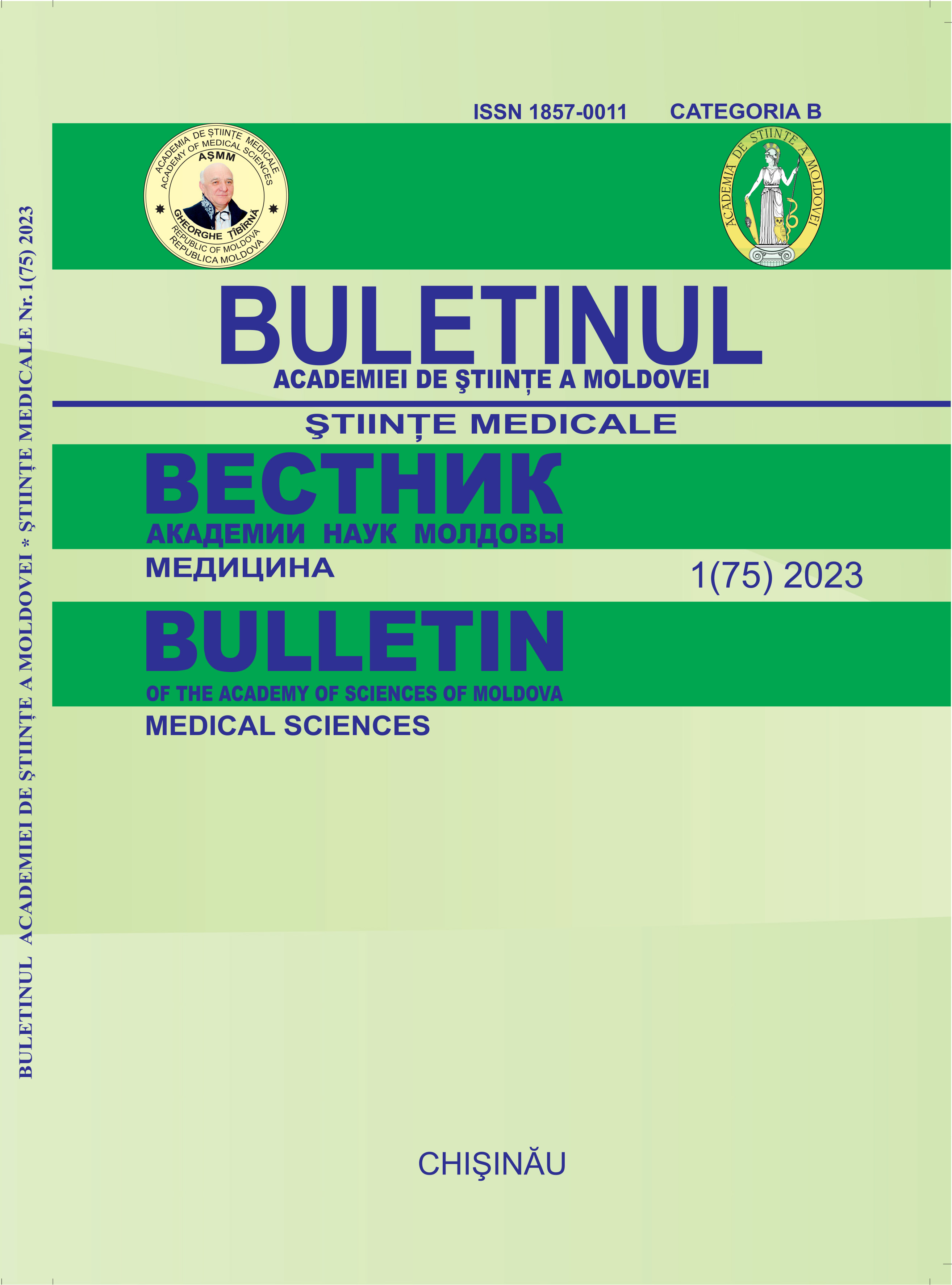ROLUL TERAPIEI DE ACTIVARE BAROREFLEXĂ LA PACIENȚII CU HIPERTENSIUNE REZISTENTĂ
DOI:
https://doi.org/10.52692/1857-0011.2023.1-75.23Cuvinte cheie:
activarea baroreflexă, hipertensiune arterială, sinusul carotidian, dispozitivul Rheos, dispozitivul Barostim neoRezumat
Datele prezentate fac parte componentă a reviului de literatură/rezultatele obținute în cadrul proiectului „Program de Stat 2020-2023” cu cifrul 20.80009.8007.04.Hipertensiunea arterială rezistentă a devenit un subiect controversat în ultima decadă. Conform Ghidului European a Societății de Cardiologie pentru managementul HTA, HTA rezistentă se defineşte ca lipsa controlului valorilor tensionale în pofida controlului factorilor de risc şi a complianţei bune la un tratament cu cel puţin trei antihipertensive în dozele maxime tolerate, dintre care unul este un diuretic, la pacienţii la care s-au exclus posibile cauze de hipertensiune arterială secundară. În poziţia oficială a AHA (Asociaţia Americană a Inimii) pe acest subiect, HTA rezistentă este considerată ca HTA necontrolată cu trei medicamente antihipertensive sau HTA controlată dar care necesită cel puţin patru medicamente.Cu toate că sistemul de sănătate deține un arsenal complex de preparate antihipertensive, nu se reușește corijarea valorilor la o buna parte dintre pacienți. O soluție ar fi dezvoltarea și studiul eficacității terapiei de activare baroreflexă
Referințe
Whelton PK, Carey RM, Aronow WS, Casey DE, Collins KJ, Himmelfarb CD, et al. Clinical Practice Guideline 2017 ACC/AHA/AAPA/ABC/ACPM/AGS/APhA/ ASH/ASPC/NMA/PCNA Guideline for the prevention, detection, evaluation, and management of high blood pressure in adults A Report of the American College of Cardiology. 2018. 13–115 p.
Williams B, Mancia G, Spiering W, Agabiti Rosei E, Azizi M, Burnier M, et al. 2018 ESC/ESH guidelines for the management of arterial hypertension. Eur Heart J. 2018;39(33):3021–104.
Calhoun DA, Jones D, Textor S, Goff DC, Murphy TP, Toto RD, et al. Resistant hypertension: diagnosis, evaluation, and treatment: a scientific statement from the American Heart Association Professional Education Committee of the Council for High Blood Pressure Research. Circulation. 2008;117(25):e510–26
Persell SD. Prevalence of resistant hypertension in the United States, 2003–2008. Hypertens (Dallas, Tex 1979). 2011;57(6):1076–80.
Achelrod D, Wenzel U, Frey S. Systematic review and meta-analysis of the prevalence of resistant hypertension in treated hypertensive populations. Am J Hypertens. 2015;28(3):355–61.
Kass JS, Mizrahi EM. Neurology secrets e-book. Elsevier Health Sciences; 2010 Apr 30.Available from: https://www.sciencedirect.com/topics/biochemistry-genetics-and-molecular-biology/baroreceptor (accessed 26.2.2021
Kenhub STN Available from: https://www.kenhub.com/en/library/anatomy/the-solitary-tract-and-nucleus (accessed 26.2.2021
Armstrong M, Moore RA. Physiology, Baroreceptors. StatPearls [Internet]. 2020 Mar 23.Available from:https://www.statpearls.com/articlelibrary/viewarticle/18138/ (accessed 26.2.2021)
Fig 1Această figură a fost creată folosind șabloane Servier Medical Art, care sunt licențiate sub o licență Creative Commons Attribution 3.0 Unported. Fig .2 https://link.springer.com/article/10.1007/s11906-020-1024-x/figures/2
Kougias P, Weakley SM, Yao Q, Lin PH, Chen C. Arterial baroreceptors in the management of systemic hypertension. Med Sci Monit. 2010;16(1):RA1–8.
Tordoir JHM, Scheffers I, Schmidli J, Savolainen H, Liebeskind U, Hansky B, et al. An implantable carotid sinus baroreflex activating system: surgical technique and short-term outcome from a multi-center feasibility trial for the treatment of resistant hypertension. Eur J Vasc Endovasc Surg. 2007;33(4):414–21
Lohmeier TE, Irwin ED, Rossing MA, Serdar DJ, Kieval RS. Prolonged activation of the baroreflex produces sustained hypotension. Hypertens (Dallas, Tex 1979). 2004;43(2):306–11.
Illig KA, Levy M, Sanchez L, Trachiotis GD, Shanley C, Irwin E, et al. An implantable carotid sinus stimulator for drug-resistant hypertension: surgical technique and short-term outcome from the multicenter phase II Rheos feasibility trial. J Vasc Surg. 2006;44(6):1213–8
Scheffers IJM, Kroon AA, Schmidli J, Jordan J, Tordoir JJM, Mohaupt MG, et al. Novel baroreflex activation therapy in resistant hypertension: results of a European multi-center feasibility study. J Am Coll Cardiol. 2010;56(15):1254–8.
Bisognano JD, Bakris G, Nadim MK, Sanchez L, Kroon AA, Schafer J, et al. Baroreflex activation therapy lowers blood pressure in patients with resistant hypertension: results from the double-blind, randomized, placebo-controlled rheos pivotal trial. J Am Coll Cardiol. 2011;58(7):765–73.
Bakris GL, Nadim MK, Haller H, Lovett EG, Schafer JE, Bisognano JD. Baroreflex activation therapy provides durable benefit in patients with resistant hypertension: results of long-term follow-up in the Rheos Pivotal Trial. J Am Soc Hypertens. 2012;6(2):152–8.
de Leeuw PW, Bisognano JD, Bakris GL, Nadim MK, Haller H, Kroon AA. Sustained Reduction of Blood Pressure With Baroreceptor Activation Therapy: Results of the 6-Year Open Follow-Up. Hypertens (Dallas, Tex 1979). 2017 May;69(5):836–43. A combined long-term follow-up study of the US Rheos Feasibility Trial, the DEBuT-HT Trial and the Rheos Pivotal Trial showed sustained effect on blood pressure after 6 years of follow-up.
Hoppe UC, Brandt M-C, Wachter R, Beige J, Rump LC, Kroon AA, et al. Minimally invasive system for baroreflex activation therapy chronically lowers blood pressure with pacemaker-like safety profile: results from the Barostim neo trial. J Am Soc Hypertens. 2012;6(4):270–6
Wallbach M, Lehnig L-Y, Schroer C, Luders S, Bohning E, Muller GA, et al. Effects of baroreflex activation therapy on ambulatory blood pressure in patients with resistant hypertension. Hypertens (Dallas, Tex 1979). 2016;67(4):701–9
Heusser K, Tank J, Brinkmann J, Menne J, Kaufeld J, Linnenweber-Held S, et al. Acute response to unilateral unipolar electrical carotid sinus stimulation in patients with resistant arterial hypertension. Hypertens (Dallas, Tex 1979). 2016;67(3):585–91.
Halbach M, Hickethier T, Madershahian N, Reuter H, Brandt MC, Hoppe UC, et al. Acute on/off effects and chronic blood pressure reduction after long-term baroreflex activation therapy in resistant hypertension. J Hypertens. 2015;33(8):1697–703.
Wallbach M, Born E, Kampfer D, Luders S, Muller GA, Wachter R, et al. Long-term effects of baroreflex activation therapy: 2-year follow-up data of the BAT neo system. Clin Res Cardiol. 2019.
Wallbach M, Lehnig L-Y, Schroer C, Hasenfuss G, Muller GA, Wachter R, et al. Impact of baroreflex activation therapy on renal function--a pilot study. Am J Nephrol. 2014;40(4):371–80.
Beige J, Koziolek MJ, Hennig G, Hamza A, Wendt R, Muller GA, et al. Baroreflex activation therapy in patients with end-stage renal failure: proof of concept. J Hypertens. 2015;33(11):2344–9.
Gronda E, Seravalle G, Brambilla G, Costantino G, Casini A, Alsheraei A, et al. Chronic baroreflex activation effects on sympathetic nerve traffic, baroreflex function, and cardiac haemodynamics in heart failure: a proof-ofconcept study. Eur J Heart Fail. 2014;16(9):977–83
Abraham WT, Zile MR, Weaver FA, Butter C, Ducharme A, Halbach M, et al. Baroreflex activation therapy for the treatment of heart failure with a reduced ejection fraction. JACC Heart Fail. 2015;3(6):487–96
Weaver FA, Abraham WT, Little WC, Butter C, Ducharme A, Halbach M, et al. Surgical experience and long-term results of baroreflex activation therapy for heart failure with reduced ejection fraction. Semin Thorac Cardiovasc Surg. 2016;28(2):320–8.
Zile MR, Abraham WT, Lindenfeld J, Weaver FA, Zannad F, Graves T, et al. First granted example of novel FDA trial design under expedited access pathway for premarket approval: BeAT-HF. Am Heart J. 2018;204:139–50
Zile M, Lindenfeld J, Weaver FA, Zannad F, Galle E, Rogers T, et al. Baroreflex activation therapy (bat) in patients with heart failure and a reduced ejection fraction (HFrEF): The BeAT-HF Trial. Available SSRN 3452105. 2019; The first successful phase III pivotal trial of baroreflex amplification via the Barostim neo in HFrEF patients.
Descărcări
Publicat
Număr
Secțiune
##category.category##
Licență
Copyright (c) 2023 Buletinul Academiei de Științe a Moldovei. Științe medicale

Această lucrare este licențiată în temeiul Creative Commons Attribution 4.0 International License.



